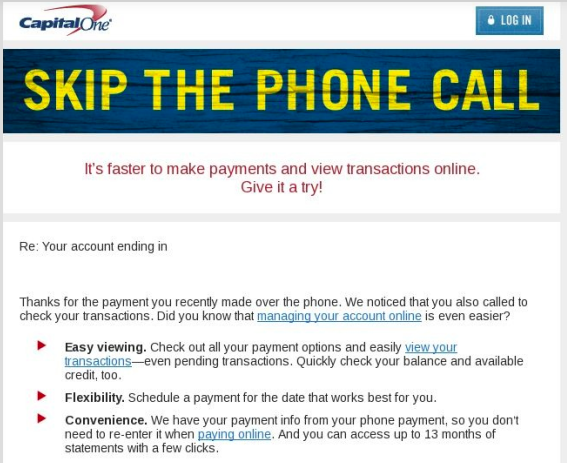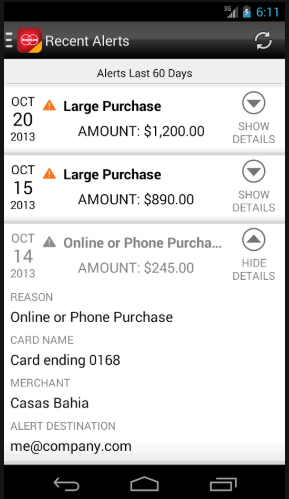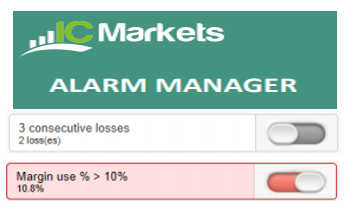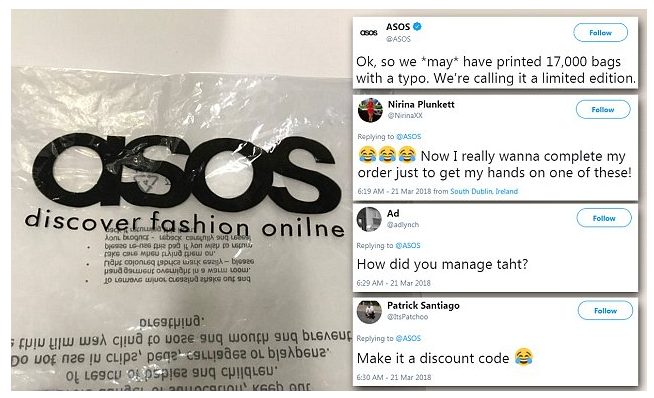Intelligent technologies and constant connectivity are changing service delivery standards for financial brands. Consumers are craving instant access to real-time information and this is driving the growth of real-time content. From commenting on viral stories, to providing consumers with information exactly when they need it. Incorporating real time content into your marketing strategy is a great way to improve consumer loyalty and brand awareness. Here’s everything you need to know about real time content.
Real-time content – hot trend for 2020
Real time content looks set to be huge for 2020 with Google’s Real-Time Insights tool being one example of how this trend is evolving. Essentially, it allows newsrooms and journalists to make quick data-drive decisions on content creation and distribution. Writers will be able to identify what’s popular across their audience and what broader topics are trending across the region. Content can then be tailored according to interests.
Indeed, real time content is becoming one of the most efficient ways to acquire customers, keep them engaged and maintain their loyalty. There are many ways to utilise the real time concept, so let’s delve deeper.
Responding to Real Life News, Events and Trends
Real-time content can be used as an immediate marketing response to breaking news, events and trends. It’s all about responding fast and offering relevant advice and information to keep people in the know. There are many things you can do to ensure you’re ahead of the game and in a position to offer real-time updates. These include:
- Creating a stream on Twitter with popular social media hashtags relevant to your business. This will make it easier to follow trending topics.
- Follow the most industry-relevant accounts and influencers – and stay watchful of their updates. You can even set Google Alerts to highlight when new posts are made, receiving alerts for specific terms and trends.
- Set up a news aggregation on Feedly for instant access to important headlines.
A good example of a real-time response to breaking news is how Progressive Insurance responded to the update that Hurricane Florence would hit the coasts of North and South Carolina and other nearby areas. Progressive Insurance provided tips on how to prepare for the storm and where to seek help through a series of tweets and retweets.

Not every brand can jump on the opportunity to engage with bad news, but as an insurance company, Progressive’s tweets were appropriate. As a word of warning, never try and produce content just to jump on a hashtag that doesn’t match your brand. This will come across as trying to benefit from a bad situation.
Speed of execution is essential
Events and viral conversations are time-limited, so you have to act fast. For example, in the first three hours after LeBron James signed a contract with the Lakers, Fanatics, one of the largest sellers of licensed jerseys, reported a 600% spike in sales. The brand used real-time content to increase market share at the height of demand.

Key takeaway: Effective real-time content marketing translates into increased interest and reach. It’s a great way to promote your business and increase popularity at a relatively low cost. But only if the content you post has relevance to your brand.
The Importance of Real-Time Data Marketing
Real-time content can also be used to guide consumers when they’re using an app, visiting a particular web page, or searching for a specific product. In this context, real-time content results in personalised offers and contextually relevant advice that can improve the overall consumer experience. This is particularly important considering 89% of consumers will stop using a company’s services if they find it difficult to find information.
Real-time content can drive your marketing strategy from many angles:
Improves Relevance
67% of consumers say it’s important for brands to automatically adjust content to suit their current context. Creativity is important but relevance should be the number one factor to consider when it comes to real-time content. For example, Capital One sends this message to customers after they make a payment over the phone.

By targeting only the customers who have transacted over the phone, this message is likely to increase online banking sign-ups. Other examples of relevant real-time content include sending a customer a real-time notification highlighting deals and rewards in their location or sending a notification as soon as a customer makes a purchase.

Increases Personalisation
42% of consumers get annoyed when their content isn’t personalised. Personalising relevant real-time content is an excellent way to increase loyalty. IC Markets created the Alarm Manager which allows traders to personalise and automate their trading. For instance, a trader can set alerts to:
- Stop trading after four consecutive losing trades or when their balance drops by over 3%.
- Give a warning when they open a position without a stop-loss.
- Show a message 10-minutes before any high-impact events in the economic calendar.

By providing personalised real-time information, the Alarm Manager is considered one of IC Market’s top advantages and traders say the alerts give them an edge.
Brokers can use real-time content to boost their growth, for instance, by sending an email or popup immediately after a trader makes a loss to provide some tips on their next trade.
Having a preset series of messages to action at the appropriate point in the customer’s journey is critical.
Boosts Engagement
Increased engagement one of the biggest reasons real-time content is making its way into the digital marketing strategies of more brands. 76% of marketers have reported that real-time marketing increased engagement. 56% have reported an increase in positive brand sentiment and customer satisfaction.
Oreo Blackout ad
Although it was posted back in 2013, the Oreo Super Bowl Blackout ad remains one of the most talked-about real-time content examples that shows how a conversation in real-time enhances engagement. When the Super Bowl XLVII blackout occurred, Oreo tweeted this:

This was a clever way to add to the Super Bowl conversation and people loved it especially because it happened in real-time. The tweet got over 15,000 retweets and some good exposure for Oreo.
Develops Meaningful Connections
Real-time content makes customers feel that they are a part of your brand and this enhances customer satisfaction and loyalty. For example, Citi bank fosters good relationships by showing customers potential deals on their purchases in real-time.

Improves Conversions
When a customer gets a real-time notification about a limited time offer on a product they are interested in from a brand in their location, they are more likely to take action. You can leverage relevant real-time content to encourage people to act immediately.

Booking.com does this particularly well by highlighting how many rooms are left when you search for accommodation. These real-time stats help prompt purchases through FOMO.
Shows Character
Real-time marketing also gives companies the chance to show a little character. For example, when fashion brand ASOS had 17,000 bags printed that misspelled “online,” they took the chance to poke fun at themselves, turning a PR disaster into a great opportunity to interact with consumers. They tweeted, “We *may* have just printed 17,000 bags with a typo. We’re calling it a limited edition.”

Acknowledging your own mistakes in real-time can make your brand seem much more relatable and fun. As you can see from the comments, a bit of humour went a long way with fans who joined in the light-hearted conversation. We’re living in an era of transparency and therefore being open and honest is essential.
Another example of being bold, funny and quick in real-time comes from Wendy’s. When fan Carter Wilkerson posted, “Yo @Wendys how many retweets for a year of free chicken nuggets?” Wendy’s quickly responded, “18 million.”

This then became a challenge with other big brands capitalising on the Twitter banter.

Top tip: Use social listening tools from AgoraPulse to keep track of all messages, comments and brand messages across multiple channels. This will allow you to be quick off the mark with responses making it easier to create real-time buzz.
The future of real-time content
Real time content is the next evolution in content marketing, allowing brands to connect with their audiences in a way that’s current and grabs attention. If you’re not providing valuable information at every point in a customer’s journey with your brand or keeping up with trends, you will likely lose engagement.
Did you enjoy reading Everything You Need To Know About Real Time Content? If you did then hit share. Ready to leverage the power of content? Talk to me about Real Time Content that gets engagement for your brand.